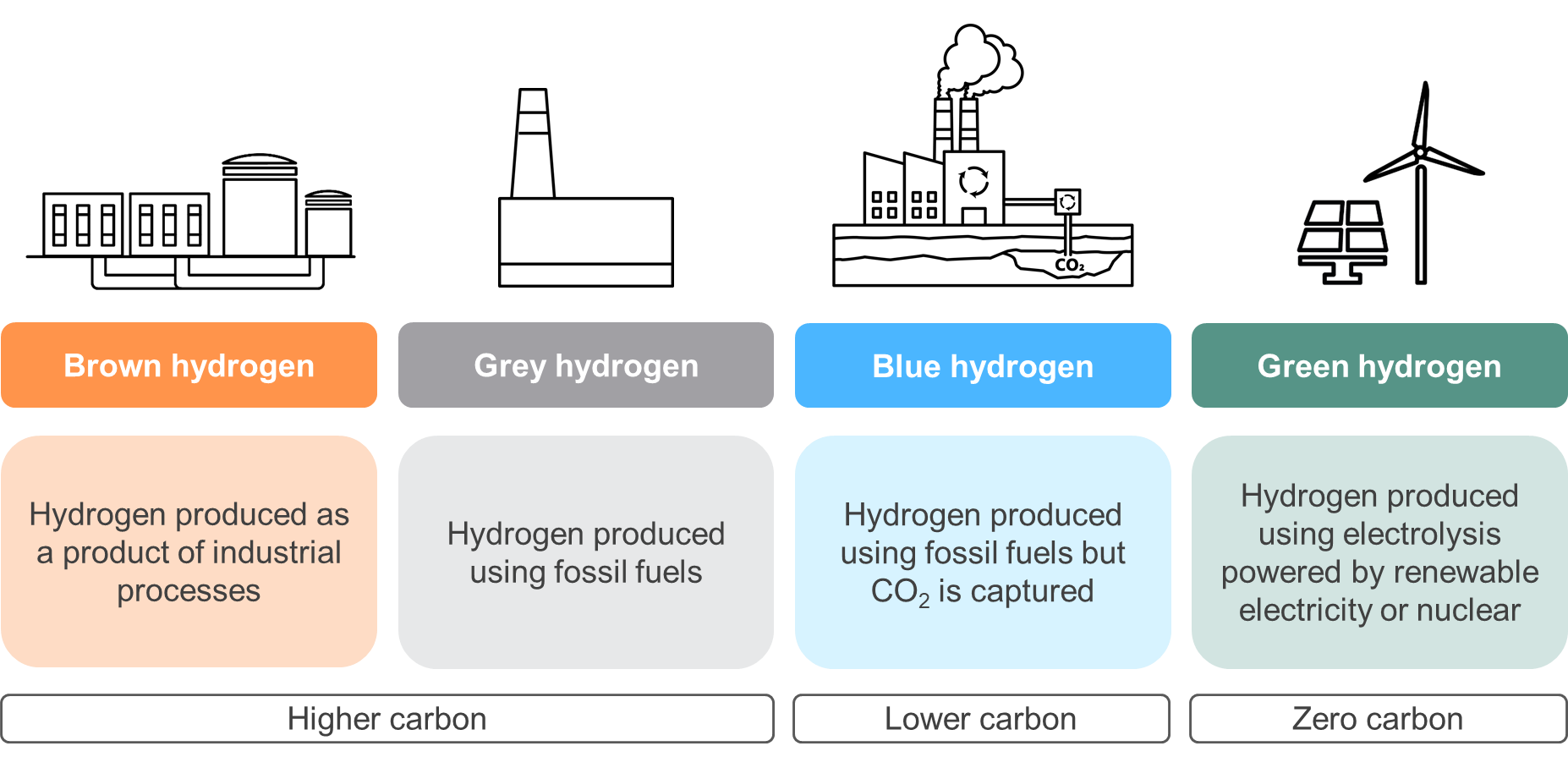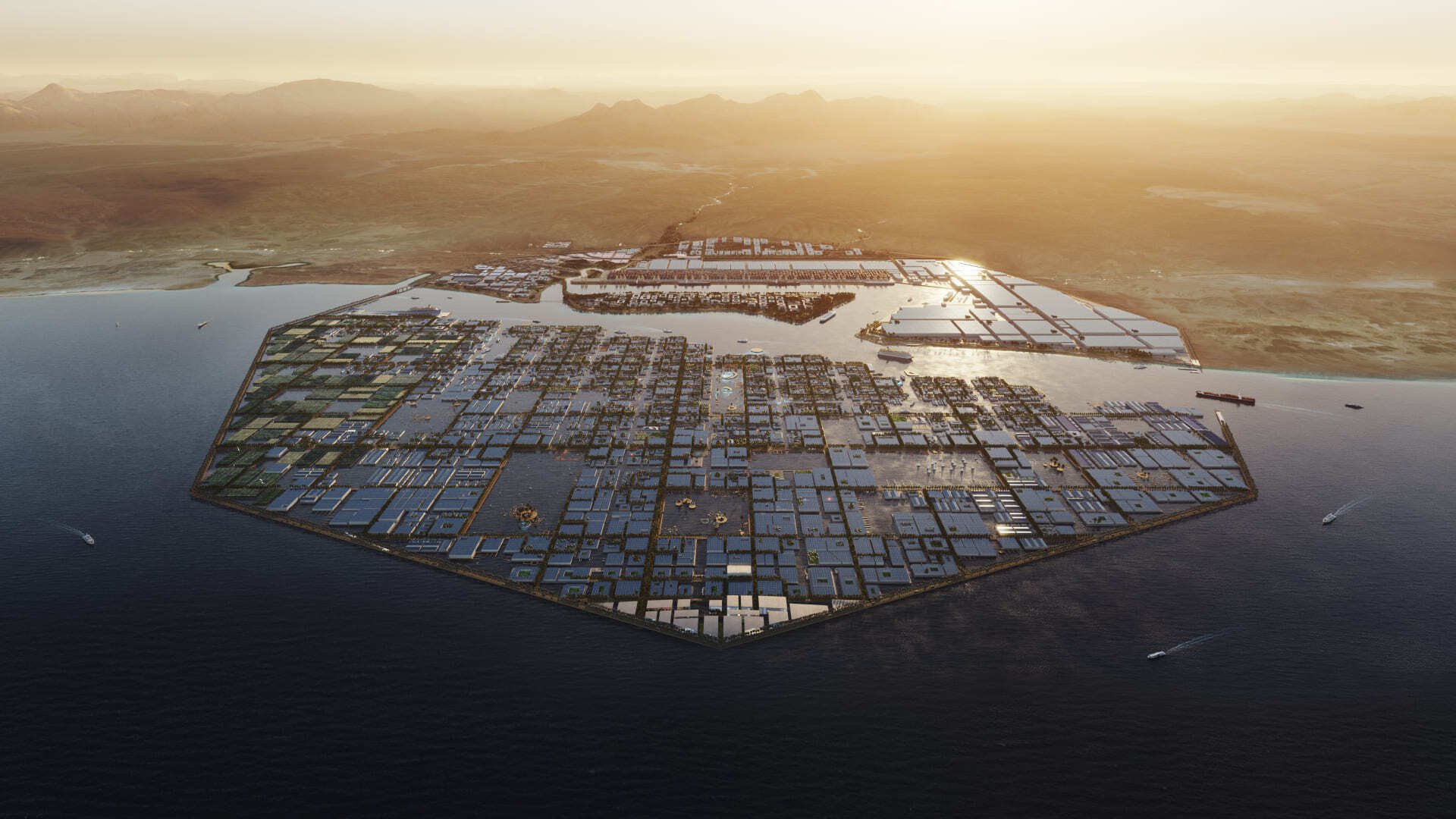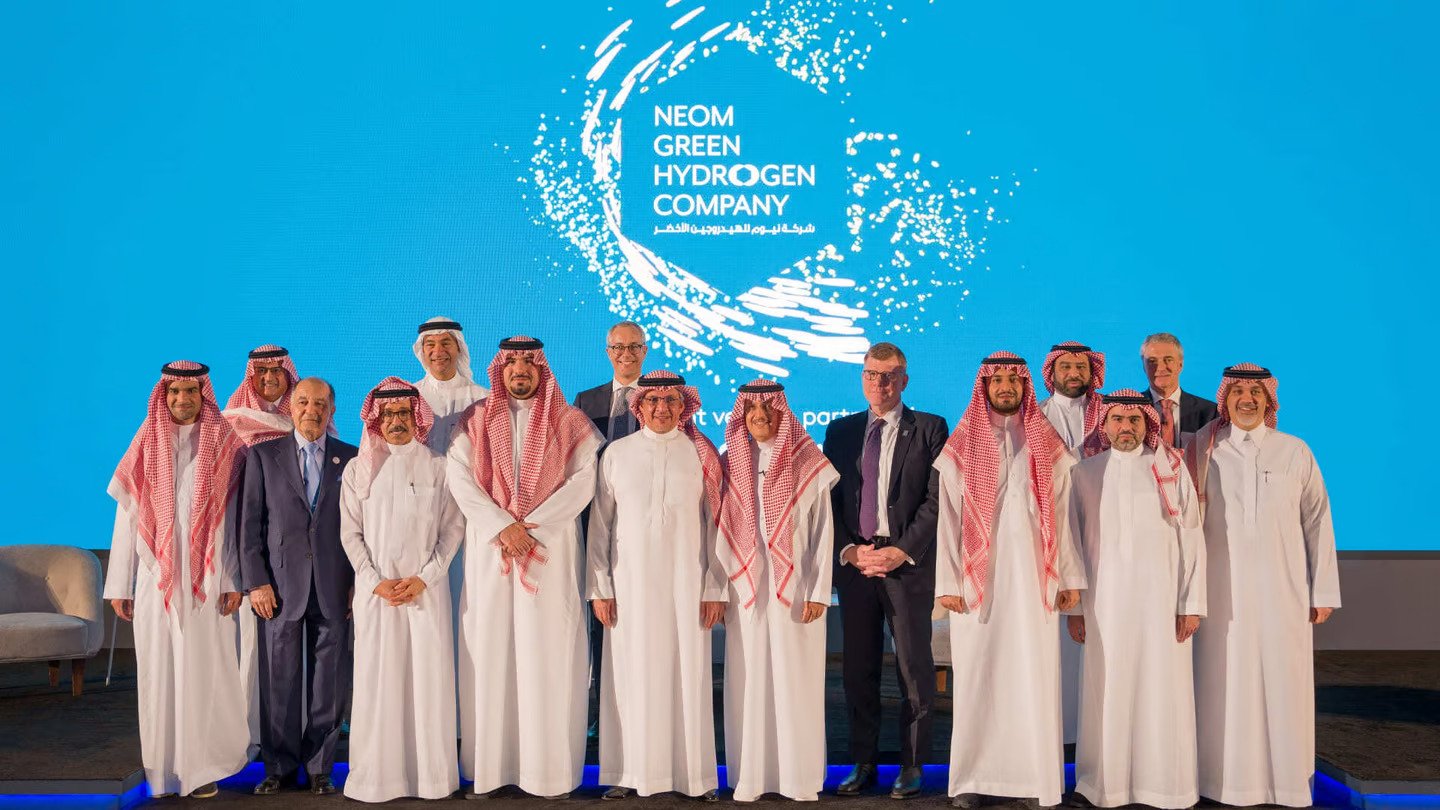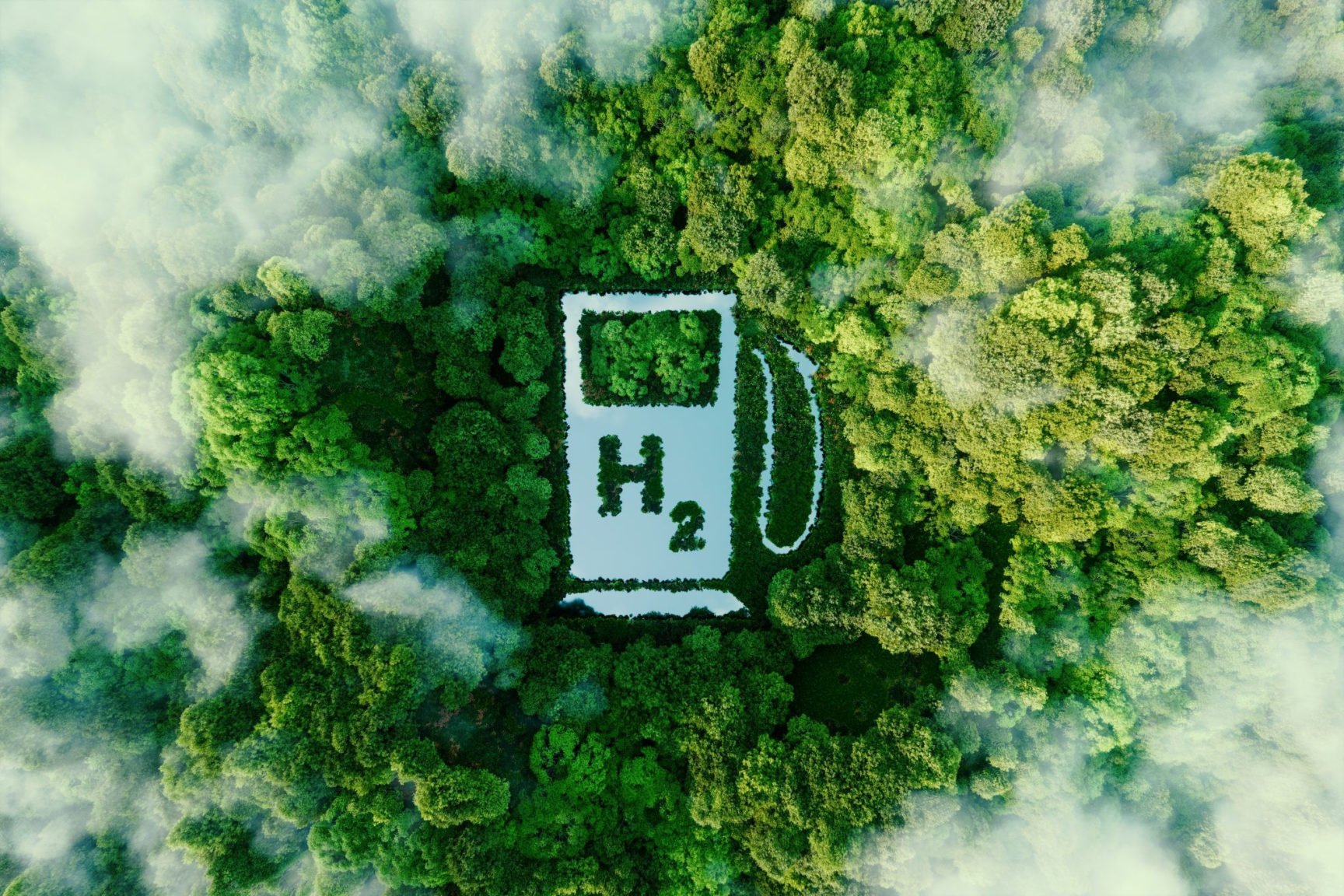In the heart of the United Arab Emirates (UAE) and the broader Middle East, a revolutionary transformation is underway—the Green Hydrogen Project. As the world intensifies its pursuit of sustainable energy, this groundbreaking initiative emerges as a beacon of hope, reshaping the region’s energy landscape. From ambitious national goals to collaborative regional endeavours, the Middle East is at the forefront of harnessing the potential of green hydrogen. In this article, Professor Tadhg O’Donovan explores how this eco-friendly innovation can revolutionise energy production, create economic opportunities, and propel the UAE and the Middle East towards a cleaner, more sustainable future.
Understanding Green Hydrogen
Green hydrogen, produced through water electrolysis and powered from renewable energy sources, is gaining prominence as a clean and versatile fuel. Unlike conventional hydrogen production methods that rely on fossil fuels, green hydrogen production emits zero greenhouse gases, making it a crucial component of sustainable energy strategies.


Images via Adda 24/7 Current Affairs (top); Prismecs (bottom)
Middle East Aims to Lead the Charge in the Green Hydrogen Revolution
Countries like Saudi Arabia and the UAE rely on oil and gas as primary revenue sources, supporting robust economies and contributing to national funds for future prosperity. Nevertheless, leaders in the region acknowledge the finite nature of oil and gas as predominant economic drivers.
Construction is underway for a green hydrogen plant at Oxagon, situated within Saudi Arabia’s innovative city, Neom. This initiative, led by the NEOM Green Hydrogen Company (NGHC), a collaborative effort involving Acwa Power, the U.S. industrial gases leader Air Products, and NEOM, commands a total investment of $8.4 billion. It is poised to be the most significant global green hydrogen production facility. As per NEOM, the NGHC facility is slated to commence the production of green hydrogen from renewable energy sources in 2026. The output is anticipated to reach up to 1.2 million tonnes of green ammonia annually, equivalent to 600 tonnes of green hydrogen daily. Wood Mackenzie predicts that the demand for low-carbon hydrogen, encompassing blue hydrogen that captures and stores carbon generated during conventional production methods, will increase to 223 million metric tonnes by 2050, up from less than 100 million metric tonnes in 2022. This is an essential step towards reducing reliance on fossil fuels.

Image via NEOM
Regional collaborations, such as the Middle East Green Hydrogen Alliance, exemplify a concerted effort among countries to develop and promote green hydrogen projects collectively. This will speed up the deployment of renewable energy, facilitating the shift towards a sustainable and eco-friendly economy in the region. According to S&P Global Commodity Insights data, the region is home to 83 low-carbon or renewable hydrogen/ammonia initiatives, aiming to produce nine million metric tonnes of hydrogen annually. Projections indicate that the Middle East is expected to generate 18.15 million metric tonnes of hydrogen by 2030, with the majority, one million metric tonnes, being exported and consisting of low-carbon and renewable hydrogen.
The UAE’s Strategic Embrace of Green Hydrogen
Countries like Saudi Arabia and the UAE rely on oil and gas as primary revenue sources, supporting robust economies and contributing to national funds for future prosperity. Nevertheless, leaders in the region acknowledge the finite nature of oil and gas as predominant economic drivers.
Construction is underway for a green hydrogen plant at Oxagon, situated within Saudi Arabia’s innovative city, Neom. This initiative, led by the NEOM Green Hydrogen Company (NGHC), a collaborative effort involving Acwa Power, the U.S. industrial gases leader Air Products, and NEOM, commands a total investment of $8.4 billion. It is poised to be the most significant global green hydrogen production facility. As per NEOM, the NGHC facility is slated to commence the production of green hydrogen from renewable energy sources in 2026. The output is anticipated to reach up to 1.2 million tonnes of green ammonia annually, equivalent to 600 tonnes of green hydrogen daily. Wood Mackenzie predicts that the demand for low-carbon hydrogen, encompassing blue hydrogen that captures and stores carbon generated during conventional production methods, will increase to 223 million metric tonnes by 2050, up from less than 100 million metric tonnes in 2022. This is an essential step towards reducing reliance on fossil fuels.

Image via Sustainability Middle East
Green Energy Drive: Heriot-Watt’s Sustainable Path
Heriot-Watt University Dubai is also taking steps to produce green energy. Innovators at Heriot-Watt University in Dubai have established a solar energy testing facility and are working with industry to develop new solar technologies and optimise renewable energy systems. We are also setting up a Green Hydrogen demonstrator on campus with a number of companies (SunGreenH2, PlusZero and Logan Energy) and using the energy from the solar test site to power the electrolyser. With an aim to reduce environmental impact while providing sustainable alternatives to existing solutions, Heriot-Watt University Dubai is organising a fringe event called the Heriot-Watt Climate Hub, which will take place at the same time as COP28. The Climate Hub will include a CleanTech Exhibition featuring cutting-edge technologies developed by aspiring entrepreneurs to create solutions for a more sustainable future.
The Middle East is poised to emerge as a dominant force in the energy sector, driven by its unwavering commitment to the well-established oil and gas industry and substantial investments in the region’s renewable future. Saudi Arabia and the UAE are anticipated to lead the region’s transition towards green energy, with ambitious initiatives encompassing green hydrogen, solar and wind energy, and other cutting-edge green technologies.








